Styling, Photography, Videography by Laurie Mosco and Jason Coronel

Is Private Label Right for You?
2020 changed a lot of things — including consumers’ perception of private label food products. Once seen as inferior copycats of national brands, private label is now viewed as a gateway to affordable, restaurant-grade foods to enjoy at home. The prospect of private label is even more appealing when home cooking trends continue to soar. Right now private label is experiencing a renaissance, with Nielsen reporting a 16.1% sales increase year-to-date through Aug. 1, 2020 totaling $17.9 billion (Specialty Food Association). Paired with increased demand, is increased opportunity for retailers big and small to differentiate themselves through private label food products.
Don’t think this passion for private label is merely a 2020 phenomenon. Even in 2019 market research firm Mintel predicted that private label food and beverage sales would increase 12% from approximately $82.6 billion in 2019 to around $92.8 billion in 2024 (Institute of Food Technologists). As the financial challenges of 2020 continue into 2021, the affordability of private label becomes even more appealing. One of the categories showing major potential – confectionery, according to Food Dive. Sales for chocolate are already up 5.7 percent this year, according to Candy and Snack today and non-chocolate sales totaled $11.5B in 2020, according to the National Confectioners Association, so there is higher demand for unique confections.
Rebranding the Classics
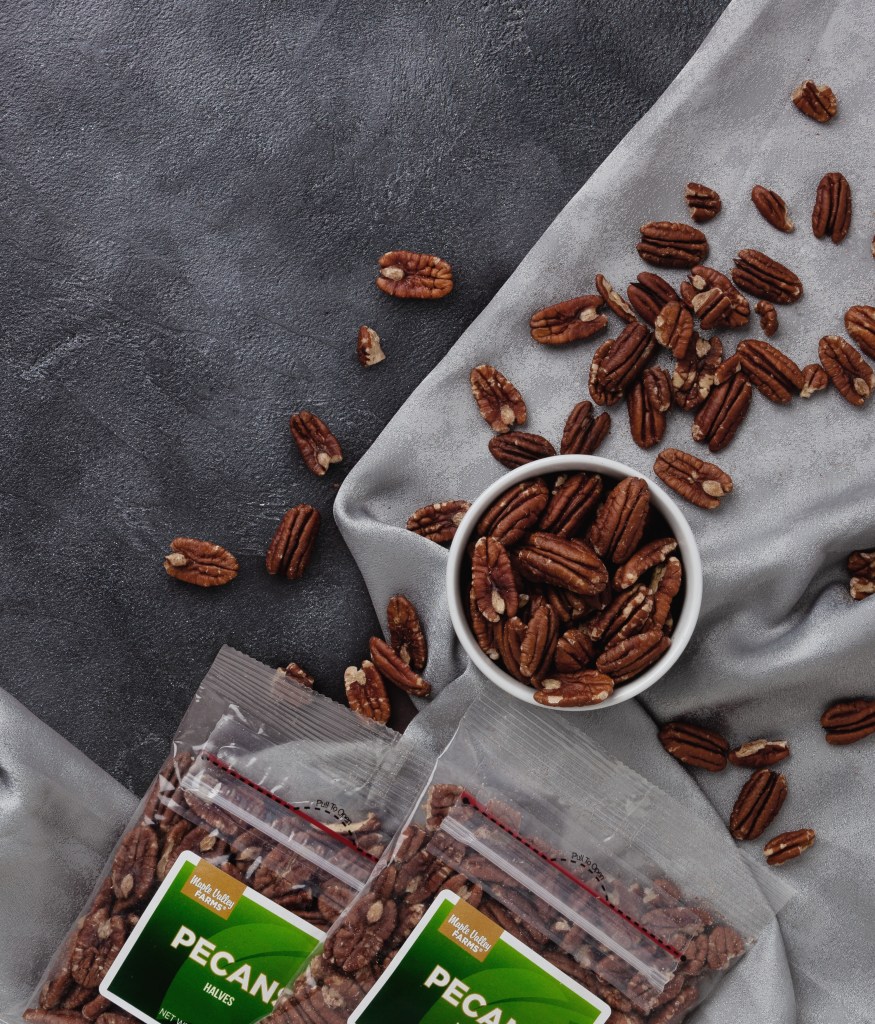
Don’t get scared off the idea of private label because you believe it is cost-prohibitive. “Private Label” doesn’t necessarily mean amassing a product development team and inventing something completely new and innovative. Private Label can be as simple as repacking a popular snack or confectionery item like nuts or gummies with your branding. In signature packaging with dedicated branding, a product becomes unique to your business, creating the perception that the customer won’t be able to find the exact quality and flavor anywhere else, which adds to the appeal.

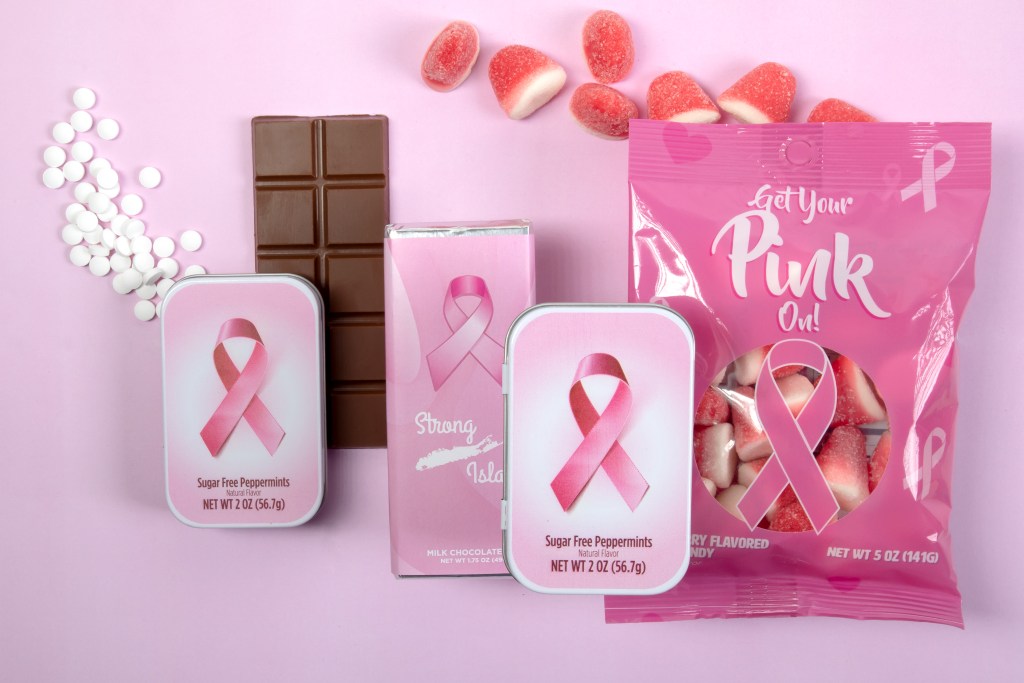
Customers also love anything limited edition or seasonal, so private label repackaged bulk in seasonal packaging is a great way to boost sales. Fruit sours and licorice twists are fun and appealing on their own, but wrap them up in holiday themed packaging and they fly off the shelves. Awareness campaigns like, October’s “Think Pink” Breast Cancer Awareness month featuring pink ribbon-bedecked packaging is a great merchandising tool. Filled with pink candies, or chocolate confections, customers get excited about supporting important causes and it’s an added bonus if they perceive your business supports their favorite causes. You may even decide to donate a portion of your proceeds to an associated charity – even better . . . make sure you make that clear with signage so customers feel even better about their purchase. Sometimes that charity donation helps make the sale.
Focus on Flavor
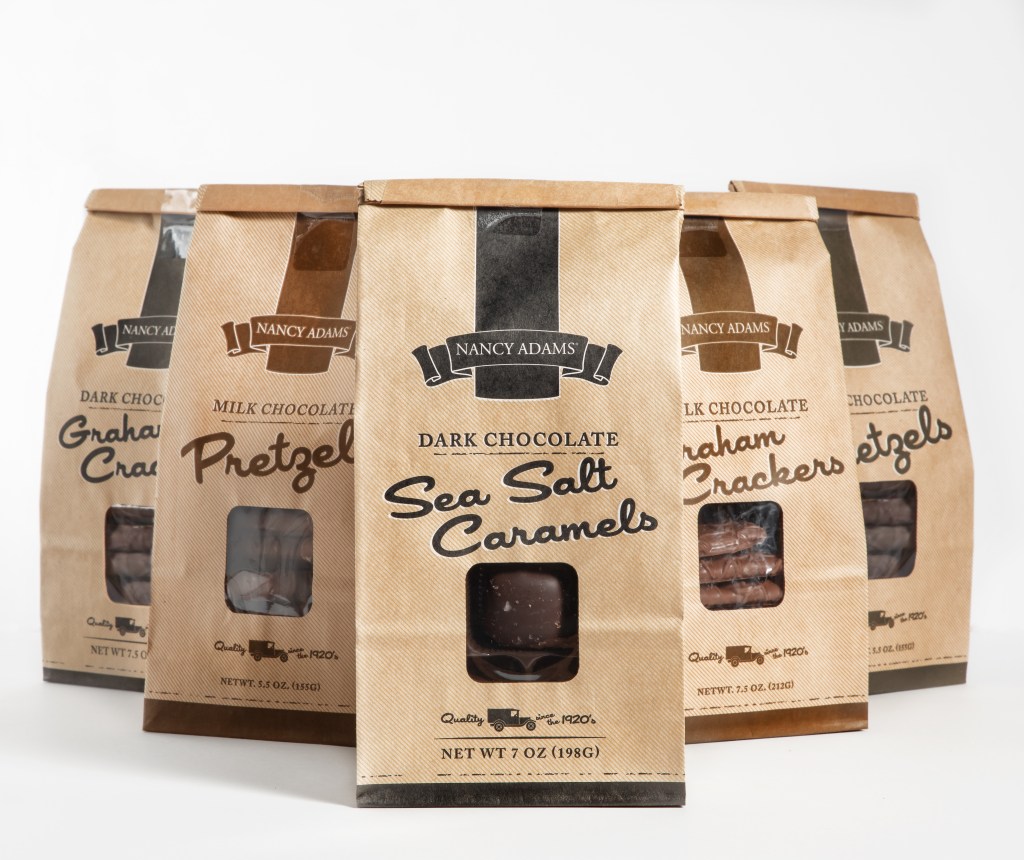
For lots of bang for your buck, unique or trending flavors really get customers excited. Working with a private label manufacturer offers retailers more flexibility to add trending flavors and bring the items to market quicker than the major brands. Customers are drawn to limited edition flavors because they want to make sure to get their fair share before the item is sold out. Any opportunity to create the “scarcity market” perception is an opportunity to set yourself apart from the competition. Customers are willing to shell out a little bit more money and are prompted to make a spontaneous purchase if they feel they may miss out.
For example, s’mores are hot right now, so a s’mores chocolate bark with crunchy graham cracker pieces and mini marshmallows could really light a fire. Also hot, chocolate covered grahams. They provide a unique base for a gourmet version of s’mores. For something more exotic, white chocolate with trendy tangy citrus flavor Yuzu. Seasonal flavor favorites that have a cult following like pumpkin spice, or peppermint bark are terrific options for private label confections.
Selective Ingredient Sourcing

In recent years, sustainability has skyrocketed to the top trends in the food space (Consumer Affairs). Private label flexibility can allow you to control the source of ingredients. If your brand is known for Non-GMO or sustainable ingredients and packaging, you can work with your private label manufacturer to uphold those standards. Knowing your brand values align with their own, consumers are more likely to purchase your products over other brands. Customers will covet your brand if you can offer them sustainable versions of their candy favorites like malt balls, chocolate covered almonds, or chocolate covered pretzels.
Finding the Right Manufacturer Match
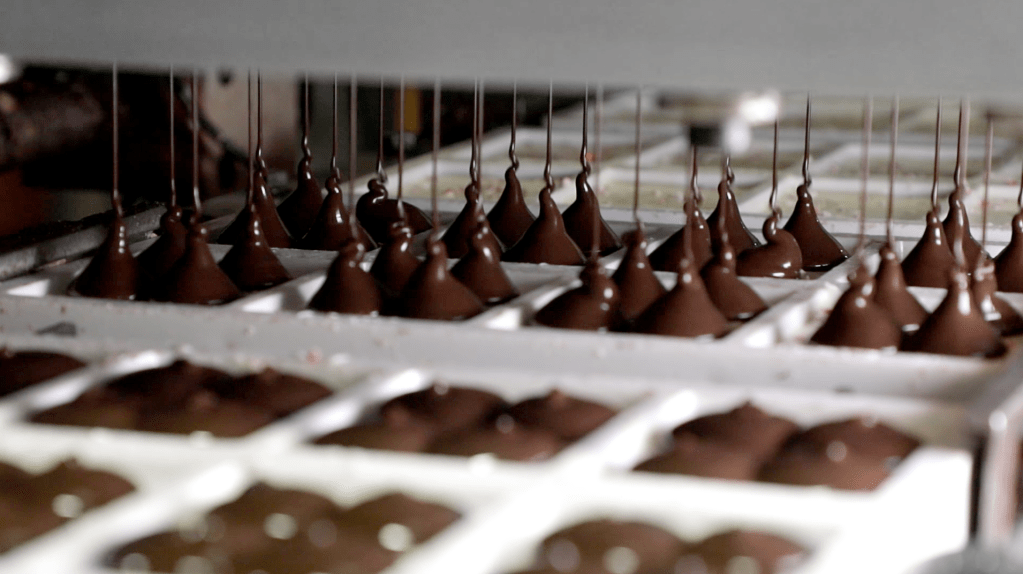
A good partnership with your private label manufacturer is key to success. More important than the obvious — a manufacturer with experience creating similar products — you want a manufacturer that has one of the major certifications for food safety like Safe Quality Food (SQF), or BRCGS (formerly BRC) , good manufacturing practices, as well as a reliable and robust supply chain to handle your specific ingredient requests. Ask if your intended private label partner offers in-house design and packaging. Ask about the cost up front so you aren’t surprised by fees as you get ready to sign on the dotted line. Your private label manufacturer should feel like a seamless extension of your in-house team. This camaraderie and relationship will shine through in the products you create, boosting your brand, and of course, your bottom line.
Nassau Candy’s Private Label in Action
Take a peek at our signature nonpareils on their journey to becoming private label rock stars.
Interested in private label confections? Tell us what’s on your wish list.
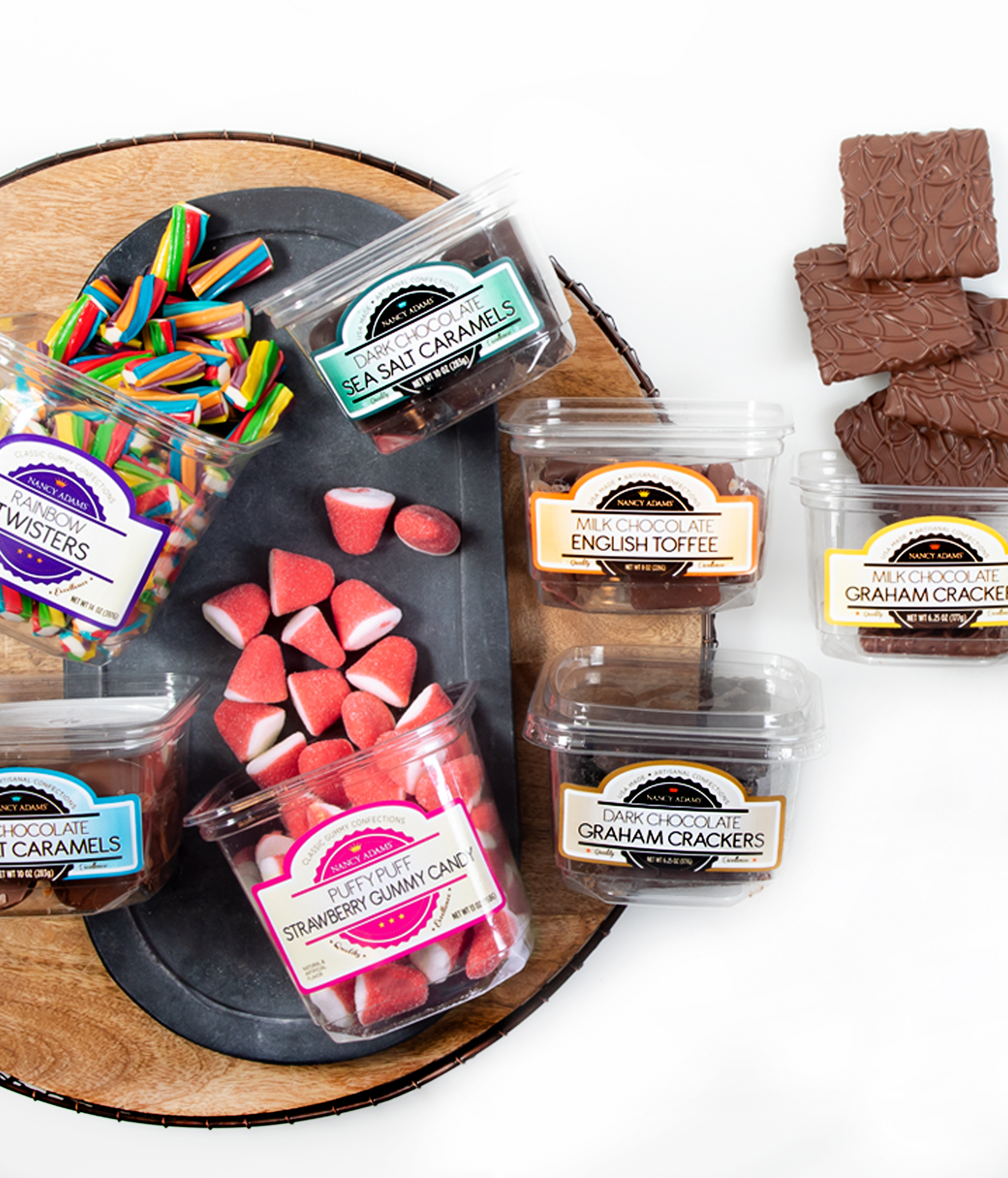
Hi! Let us know what's on your mind.